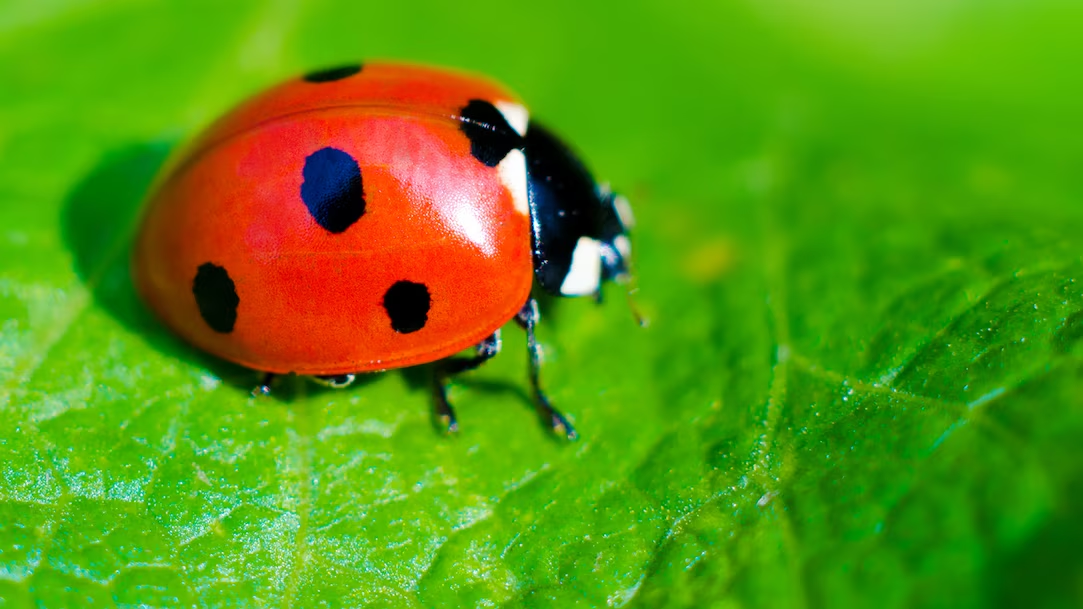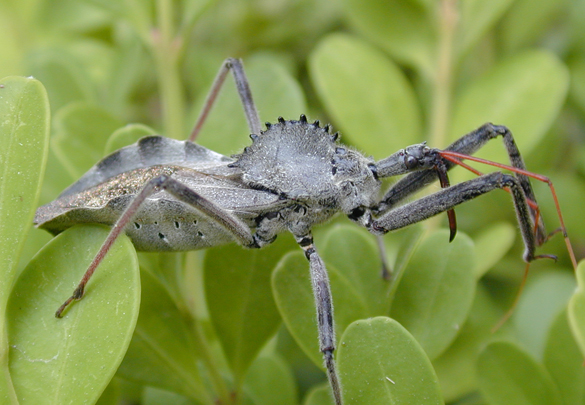The Good Bugs! Bees & Their Mimics in the Garden
- Leah Brooks
- Mar 3
- 4 min read
Friend or Foe? It isn't that hard to tell the difference between them actually.
Bees

The Honeybee
Apis mellifera: (Apidae)
The most well-recognized bee and target of multiple movements, the honeybee is a common species of pollinator that even children know now.
Capable of pollinating a wide-variety of plants, they are commonly used in agriculture production and are essentially harmless to you. Just don't mess with them, and they will leave you alone.
They are easy to identify by their distinctive overall pill shape, as they are pretty even throughout their whole body.

Bumble Bees
Bombus spp. (Apidae)
While not as recognized, bumble bees are a common bee that are also used to pollinate plants. They partake in buzz pollination, also known as sonication, which pollinates your plants like blueberries and zucchini. They do this by vibrating their wings, releasing the pollen from the flowers.
Distinguished by their large body and distinct black and yellow banding, bumble bees tend to be easy to find and distinguish from the others. Did you know that many native bumble bees are solitary, living alone in the ground?

Carpenter Bees
Xylocopa spp.; (Apidae)
Ever seen holes bored into the wood of fencing or poles of your backyard? Carpenter bees may be to blame. The females use the holes to lay eggs and take shelter, They are solitary, not having colonies like honey bees.
They look very similar to bumble bees, but one key feature separates them; a hairless abdomen. Bumble bees are larger with hairs on their abdomen, while carpenter bees are smaller without any hair, leaving a shiny, black area.

Sweat Bees
Halictidae family
A diverse group of bees, they are important pollinators for wildflowers and crops like sunflowers and peaches. They are usually distinguishable by their metallic green coloration throughout their body, but sometimes they look like an unidentifiable bee without any green coloring. They may look like honeybees, but their abdomen striping is usually more like a wasp than a honeybee.

Wasps
Most wasps that you encounter are 'pest' wasps - those such as paper wasps, mud daubers, and cicada killers all have the capability of stinging you and most form the characteristic nests around your property. Easily distinguishable by their tiny waist and black and yellow banding, wasps are a common sight and aren't typically welcome.

Parasitoid Wasps
These wasps are of no danger to you. They are actually predators to the pests in your garden and reproduce through them (a unnerving but helpful process for you). They range in size from tiny to as long as your hand, but I assure you that their goal is not to sting you. They usually have long, needle-like ovipositors (stingers), and are overall more slender.

Velvet Wasps
Mutillidae Family
Also known as velvet ants, these insects are wingless, ground-dwelling wasps. While capable of stinging, they tend to emit warning vibrations before even wanting to sting, and they only have a mild venom anyways despite also being called "cow killers".
Mimics
While there are many different insects in your garden, some like to look like others out of defense

Hover Flies
Syrphidae Family
While these flies look like bees and wasps, they are actually important pollinators for your garden. The easiest way to tell the difference is that their "waist" are not nearly as skinny, and they only have one pair of wings (instead of the normal two).
Clearwing Moths
Sesiidae Family
These moths do a great job resembling wasps and bees, but they are important pollinators for your night-blooming flowers that other insects normally don't get. They will have "hairy" lined wings, unlike their stinging counterparts. They also don't have a stinger, and their mouthparts are typically a straw-like proboscis instead of the normal mandibular jaws of a wasp.

Other Beneficial Insects
There are many other beneficial insects for your garden that you'll see.
Ladybugs (actually, they're beetles, also called lady bird beetles) are common predators for pests that also are quite pretty and a sign for good luck.
The Praying Mantis is a common insect that, while hard to see, is great at catching and eating your pests.
Now, an insect that looks scary, but is great for your garden is the Assassin Bug; while they can bite with their needle-like mouthparts, they typically use this for eating larger pests like caterpillars in your garden.
Finally, the Lacewing. A rarer site, they are a effective predator for pests in your gardens and lay eggs that growers commonly wonder what they are. They actually lay their eggs on the long stalks shown in the photo above to decrease cannibalism between their young - it really is crazy being an insect sometimes.

Want to attract these beneficial insects to your garden along with the pollinators necessary to get the most and best fruit you can? Take a look at this book by Jessica Walliser.
If you want to learn more about bees, wasps, and all of the other beneficial insects for your garden, take a look at these articles!
Thank you for reading!
Please reach out if you have any questions or concerns by clicking here! Have a wonderful day!
-Leah Brooks










Comentários